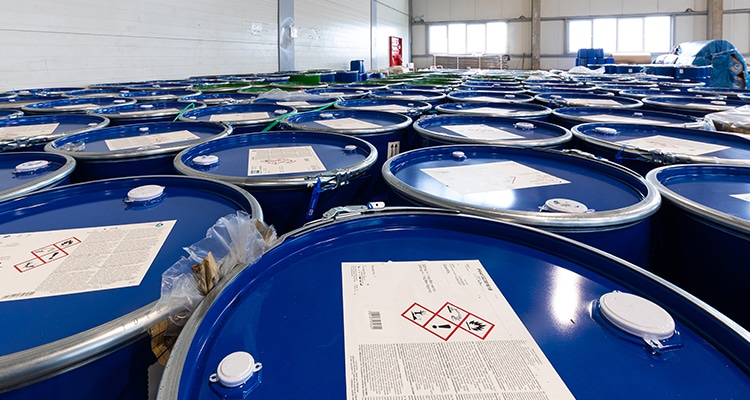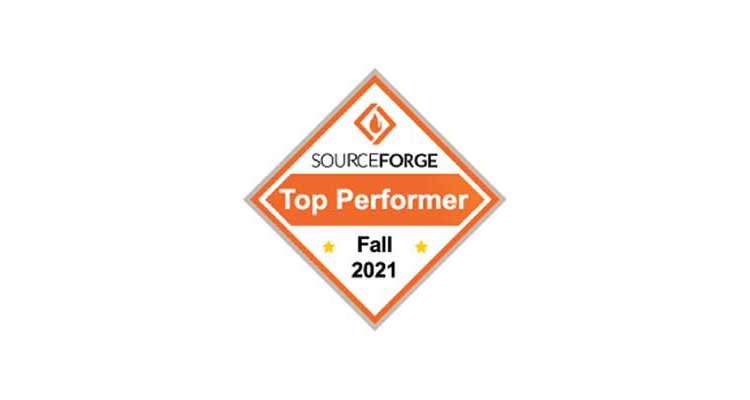Hazardous chemical, hazardous materials, hazardous substance, hazardous waste…oh my! They are all potentially dangerous, but according to their regulatory definitions, they are not all the same things.
Q: What is the regulatory definition of hazardous? A: It depends
Substances, whether chemicals or mixtures are regulated by different bodies of government and their regulatory agency. There are three main federal regulatory agencies that Environmental Health and Safety professionals in the U.S. work with the most. Let’s take look at those agencies and their missions:
- The Occupational Safety and Health Administration (OSHA) – Managed by the U.S. Department of Labor, OSHA was created to maintain safe and healthful working conditions through standards, education, training and assistance.
- The Department of Transportation (DOT) – Multiple operating administrations with the mission “to ensure America has the safest, most efficient and modern transportation system in the world” and that includes the transport of dangerous goods across the U.S. (other agencies govern global transport).
- The Environmental Protection Agency (EPA) – Protecting human health and the environment. That’s a big mission, especially when you throw toxic chemicals into the mix!
Each of these agencies have differing missions, so it makes sense that each of these governing bodies have their own definition of hazards that support their specific mission.
OSHA’s Definition of Hazardous Materials
OSHA uses the term hazardous chemical to define any chemical which is classified as a physical hazard or a health hazard, a simple asphyxiant, combustible dust, pyrophoric gas, or hazard not otherwise classified. The criteria for determining whether a chemical is classified as a health hazard are detailed in Appendix A to 29 CFR 1910.1200 Health Hazard Criteria. This is a pretty broad definition, and it has to be to protect the workforce. OSHA as an agency has a very low ratio of inspectors to the workforce they are trying to protect. Along with this definition, OSHA also enforces the Hazard Communications Standard (HCS). The HCS requires employers to provide hazard communication training for their employees when they are assigned to work with a hazardous chemical. Its at this time that the definition becomes important!
US DOT Definition of Hazardous Materials
Regulated by the DOT, hazardous materials are products or articles that are capable of posing a significant risk to health, safety or property when transported by air, rail, ground or sea. According to the code of federal regulations that govern hazardous materials transport (see 49 CFR Part 171.8 Definitions and abbreviations) a hazardous material means a substance or material that the Secretary of Transportation has determined is capable of posing an unreasonable risk to health, safety, and property when transported in commerce, and has designated as hazardous under section 5103 of Federal hazardous materials transportation law (49 U.S.C. 5103), yet another regulation to reference. The term includes hazardous substances, hazardous wastes, marine pollutants, elevated temperature materials, materials designated as hazardous in the Hazardous Materials Table (HMT) (see 49 CFR 172.101), and materials that meet the defining criteria for hazard classes and divisions in part 173 of the regulation.
DOT also has a term for a hazardous substance, which are chemicals or materials designated as a hazardous material in the HMT (49 CFR 172.101) in a certain amount. It’s actually that certain amount, that makes them a hazardous substance. This certain amount is called a Reportable Quantity (RQ). So, according to DOT hazardous materials become hazardous substances when at or above this RQ. Here’s an example. Acetone is a hazardous material; it meets the criteria for flammability. When transported at a quantity of 5000 pounds or greater, acetone is a hazardous substance. See 49 CFR 172.101 appendix A.
US EPA Definition of Hazardous Materials
Finally, the EPA uses an entire section of 40 CFR 261.3 to define hazardous waste. The definition is so complex they themselves refer to it meaning an material that is subject to the Hazardous Waste Manifest Requirements of the U.S. Environmental Protection Agency specified in 40 CFR part 262. Oh and if you want to transport hazardous waste? You will be directed to consult and comply with all the applicable requirements in the U.S. DOT regulations. Pulling your hair out yet?
Each agency has a different mission, a different jurisdiction and therefore, they have different definitions. At Chemical Safety, we understand that managing hazardous materials is complex subject. Referencing and understanding the labyrinth of the regulations require experts and tools for those experts to use to efficiently manage them. Chemical Safety’s EH&S software tightly integrates modules to make it easier to achieve your hazardous materials program objectives and even offers a mobile application. Reach out to us at www.chemicalsafety.com for more information or a demonstration.
Learn More
Chemical Safety offers a comprehensive suite of EH&S software applications, including GHS Labeling, Safety Data Sheets, chemical inventory tracking, hazardous waste management, environmental regulatory reporting, employee workplace safety & compliance.
Request a demo to learn more about how Chemical Safety’s Environmental Management Systems (EMS) software can help overcome many of the EHS challenges unique to your industry.



